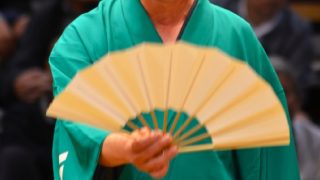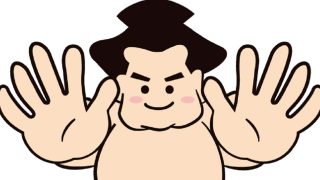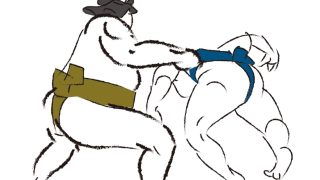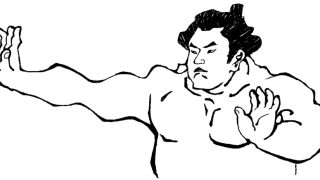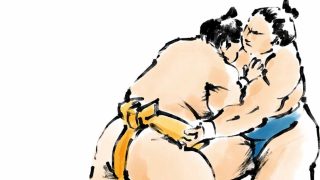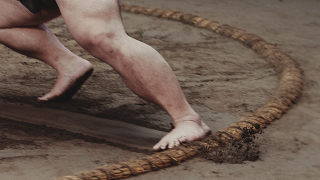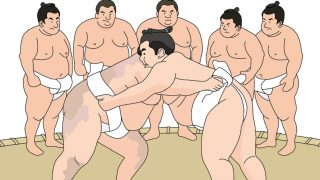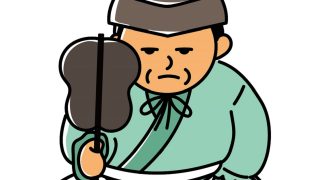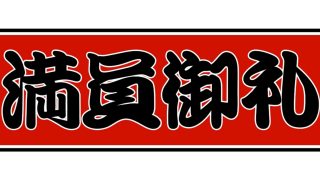 Introduction
Introduction What Is “Man’in Onrei”? An Easy-to-Understand Explanation of the Banner of Gratitude and Pride Displayed in Sumo
The banner of “Man’in Onrei” displayed at sumo tournaments carries a meaning far beyond a symbol of success. It stands for gratitude to the audience, pride in upholding tradition, and Japan’s unique aesthetic of respect. When it is raised before a full crowd, it embodies the spiritual essence of sumo itself.

